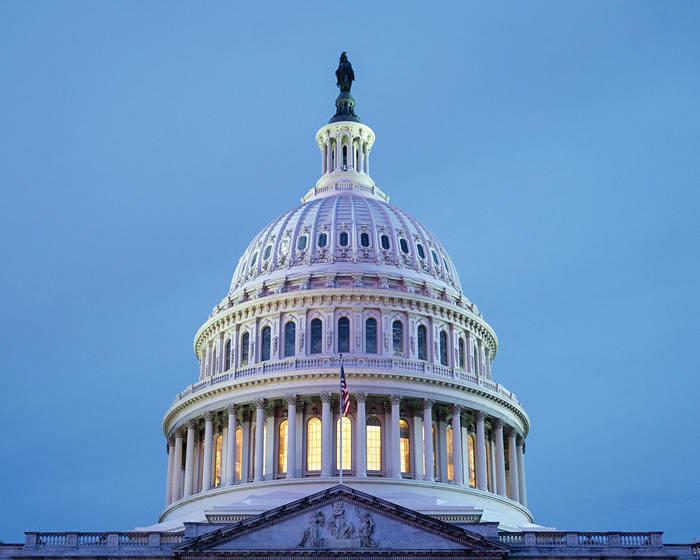Key Takeaways
- Treasury issued new guidance on how to comply with the OBBBA’s deadlines for energy credits.
- The guidance could make it harder for companies to claim credits before they expire.
- Treasury still allows some projects to use a safe harbor to comply.
- Treasury also released more information on other clean energy credits.
- The department is asking for feedback on tax filing options.
As expected, the U.S. Treasury Department last week issued guidance upending years of prior practice applying to energy credits, potentially making it much harder for projects to obtain incentives for wind and solar energy before they expire. But the guidance doesn’t go as far as some predicted—despite President Trump’s July executive order vowing to “strictly enforce” the expedited expirations enacted by the One Big Beautiful Bill Act.
Sen. Chuck Grassley, R-Iowa, who had threatened to oppose nominations for Treasury positions due to the administration’s initial hard-line position, praised the new guidance for seeming to “offer a viable path forward for the wind and solar industries to continue to meet increased energy demand.”
The tricky balancing act reflects dynamics which played into the writing of the law itself, and will likely continue as it is implemented in the coming months and years. While President Trump himself has altogether opposed the Inflation Reduction Act’s energy credits—what he calls the “Green New Scam”—some Republicans fought to ensure that the lucrative incentives weren’t removed entirely. Aside from the projects they support in both Republican and Democratic districts, lawmakers have also expressed concerns that full repeal could leave the U.S. behind China and other competitors in clean energy technologies.
In the particular case of wind and solar energy clean electricity investment and production credits under Section 48E and 45Y, projects which begin construction by July 4th, 2026 can continue to utilize the credits past a general 2027 phase-out. In the past, Treasury has created a safe harbor allowing that construction has begun if 5% of a project’s cost has been spent. The OBBBA includes language codifying that prior guidance into law, but that definition only applies for a different part of the law.
Last week’s guidance largely removes the safe harbor, but still allows it for smaller energy projects, or those which can begin by Sept. 2, 2025. Other aspects of the older guidance remain as well, although they could be changed by future Treasury actions.
Given the complexity of these new rules—including new prohibitions of assistance from “foreign entities of concern,” which Treasury hasn’t yet commented on—the continuing push-and-pull between competing forces is sure to create more questions as the OBBBA is carried out.
Recent Tax Pieces:
IRS Guidance Sparks Mixed Reaction For Solar, Wind Projects – Kat Lucero, Law360 Tax Authority ($):
"Eliminating the 5% safe harbor test is challenging, but leaving the physical work test is workable," Gabe Rubio of BDO USA told Law360.
IRS Clarifies Reconciliation Bill’s Impact on Energy Credits – Trevor Sikes, Tax Notes ($):
The guidance explains that for purposes of claiming a credit under sections 25E, 30D, and 45W, “acquired” means the date the contract is entered into and a payment, including a down payment or vehicle trade-in, has been made. It also clarifies that the vehicle must be placed in service, not just acquired, for the taxpayer to be entitled to the credits.
A transfer of a clean vehicle credit election should be made at the time of sale — when possession is taken, not at the time of acquisition. Lastly, new user registration for the online portal for the clean vehicle credit program closes September 30.
IRS Has No Reduction in Force Planned for Now, Bessent Says – Erin Schilling, Bloomberg Tax ($):
IRS Seeks Feedback on Tax Filing Options for Report to Congress – Erin Slowery, Bloomberg Tax ($):
Trump Soured on Faulkender, Leading to Exit From Treasury – Brian Schwartz, Alexander Ward and Richard Rubin, The Wall Street Journal:
Faulkender was assistant secretary for economic policy at Treasury during Mnuchin’s tenure in Trump’s first term as president. While Trump was out of office, Faulkender was part of the America First Policy Institute, a Trump-aligned think tank created in 2021.
Make a habit of sustained success.



